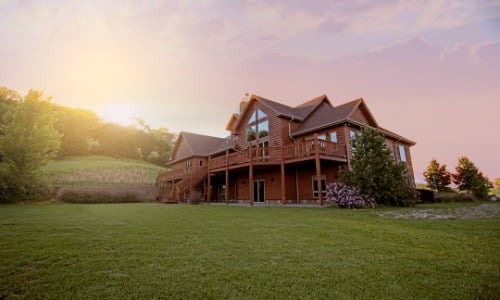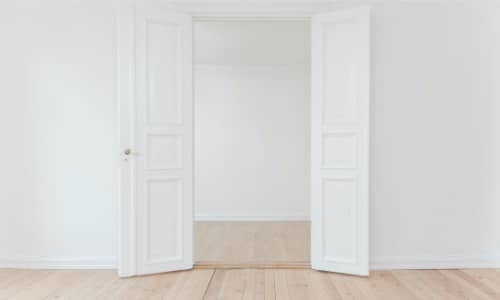
The perfect home means different things to different people. If you have a large family, the perfect home might have lots of bedrooms and exterior space, or perhaps even space for adult family members to live or visit. But if it’s just you and you like a certain lifestyle, the perfect home might be an apartment in the city, near to work, friends, and everything else you need in your life.
So, the first step to finding the perfect home is to accept that it might not exist. At least, it might not exist exactly how you want it.
But there are a few ways to build up to the perfect home, as well as some tips to help you get there.
Set a Budget and Save
Unfortunately, money makes the world go round, and that’s just as true for real estate as anything else. The real estate market, much like pretty much everything else, is painfully expensive now, so you need to build up your savings before you can invest in your home.
Whether you’re buying a home, building a home, or making major renovations to your existing home, these savings can help the process go by much more smoothly.
For example, saving money will allow you to make a deposit on a property or plot of land. The more you can offer as a deposit, the more you might be able to save on your mortgage payments.
You also need to research how much this property or project will cost so that you can set a realistic budget. You may find that you can’t afford everything you want out of your home, but you may be able to save enough to afford a good potential home.
A potential home simply refers to a property that could become your dream home in time, it’ll just take a little longer.
But money matters, and it’s the only way to achieve your dreams.
Starting From Scratch

Creating the perfect home is much easier if you have a blank slate to work with. You have two options to achieve this blank slate.
The most common option is to buy a property that has the potential to become your dream home. A new build with a lot of external space is a great option because it normally starts off as a fairly blank slate that allows you to properly put your stamp on it.
Or, if you prefer character and history, you may consider buying an older property. For some people, this history and original features are part of their dream home, and they can then work to restore the house to its proper glory.
But the quintessential blank slate has to be a property that you build yourself.
There’s a reason why most people don’t build their houses from scratch. Simply put, it’s hard.
When you build your property from the ground up, you’re responsible for every little detail. This is a double-edged sword. On the one hand, it’s the best way to make sure that the house itself is designed to fit your needs and wants perfectly.
You don’t have to compromise or work with the property’s current design, you can get it right the first time. This is perfect if you have specific needs, such as extra space for a wheelchair or a custom-built workshop.
However, this extra level of control and customization also represents more responsibility and more chances for things to go wrong.
The first step is to find an appropriate plot for your property. The plot should be zoned for residential use and, ideally, you should have permission to build on it. If you don’t buy a plot with the necessary paperwork, you’re already setting yourself up for potentially expensive and stressful legal wrangling, as well as delays on your project.
Once you have the plot sorted, you should also have the build basically planned and designed. You may need to adjust some of the plans to better suit the plot itself, but you can start working.
Resist the temptation to save money by cutting corners on labor or materials. Use professional contractors and the highest quality materials that you can afford. Otherwise, you may find that your dream home will need far more work later down the road.
You can even save money by building the house yourself, especially if the alternative is to buy and then renovate an existing home. So, if you can put in the work, it may well be worth it.
Renovating Your Home

Of course, as we’ve established, building a home isn’t for everyone.
The alternatives are to either buy the closest approximation to your dream home, or to turn your existing property into your dream home. Both of these options will require renovations.
Remember, your idea of a dream home is unique. The chances of you finding it on the market are very low, but you may be able to find a property with the right layout and the potential to become your dream home. So, how can you take the next step?
A home renovation represents a massive amount of work and upheaval. You can tackle some simpler tasks yourself, but unless you’ve been properly trained, a full home renovation is absolutely a job for the contractors.
By getting trained workers involved, you ensure that the work will be completed safely, quickly, and competently.
This is especially true when you’re dealing with big jobs like kitchen ripout and replacement. For example, if you’re moving electrical and plumbing outlets, you will need a qualified electrician and plumber to make the necessary changes. Experienced workers will also be able to make the rest of the work much easier, including fitting the cupboards, any tiling, and other jobs that you can’t handle yourself.
The same applies to adding extensions or garden rooms, making major repairs or structural changes, and altering other rooms in the house.
Yes, it’s a lot of upheaval, but if you plan the projects carefully and use proper contractors, you’ll be enjoying your dream home before you know it.
